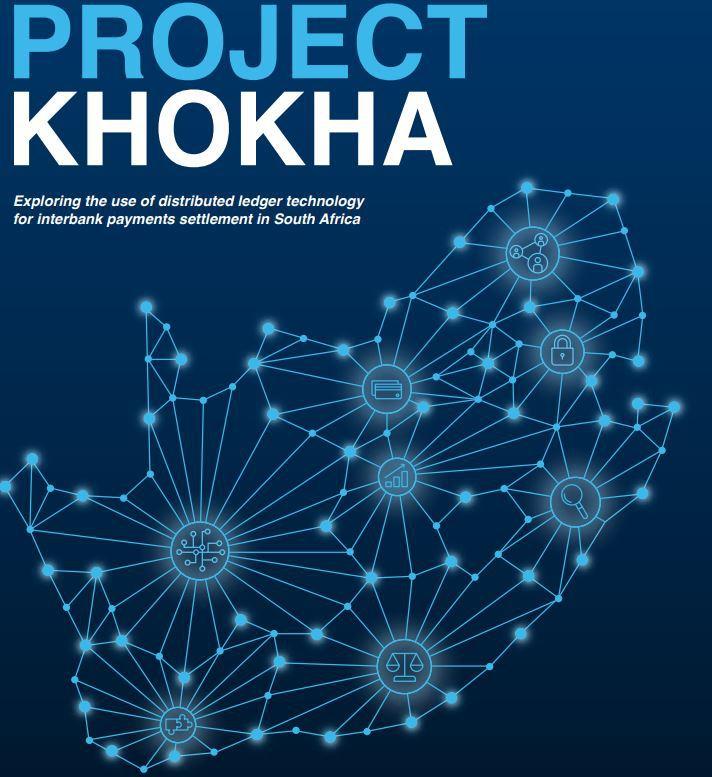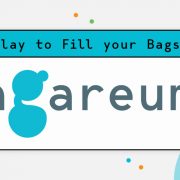Adhara, a blockchain startup featuring a powerhouse of former banking experts recently secured a whopping $15 million in new funding from New York-based Ethereum enthusiasts Consensys.
This funding will serve Adhara in their efforts in the international payments arena and this work will include the introduction of cryptography usually left for academia & math labs, to that of Central Banks around the globe.
Adhara has been toying with the ideas around “zero-knowledge proof” technology which is a means of allowing a user to prove they have knowledge of a secret without revealing the secret. Adhara is using this tech coupled with other forms of cryptography in hopes of achieving greater performance on blockchain networks all while utilising the South African Reserve Banks industry-grade payments mechanism.
Let’s take a moment and backtrack to provide some context here. Firstly, Adhara has its roots within Consensys South Africa with one of its co-founders Peter Munnings who is the former head of blockchain at First Rand Bank. Julio Faura, who was Santander’s former head of blockchain & Edward Budd who used to be the chief digital officer at Deutsche Bank are the other big names & co-founders found in Adhara’s trifecta.
Upon his first exit interview after leaving Santander, Faura stated that their team is “religious” about the “holy trinity”, this being tokenized cash, smart contracts & of course decentralized ledgers. Adhara’s decentralized ledger was built through the use of a modified version of Quorom, which of course, is an enterprise-focused version of Ethereum.
Faura said:
“If you are religious – like we are – about tokenization, you can see it unlocking possibilities to mix this with other assets; trading with a digital representation of value means you can focus on other aspects of the financial industry.”
Edward Budd notably, highlighted the growing concept of tokenized fiat-currency stating:
“Whether derived from a central bank or a commercial bank, it’s the only practical way to drive adoption within regulated financial institutions.”
Faura was driven to leave Santander not only to quell his entrepreneurial designs but also because he is driven by his passion to help solve real-world problems, something which has proved hard for him to do whilst working in a regulated, banking environment.
“The challenge today is bringing blockchain technology to real things, and I think this is best done from an agile startup that can independently serve many institutions,” said Faura.
Problem Solving.
The work done by Adhara on Project Ubin back in November 2017 on a trial of digital ledger technology which was hosted by MAS (Monetary Authority Of Singapore) which involved Corda, Hyperledger, Fabric & Quorum demonstrates notable advancements for central banking blockchain tests. 
Then there’s Project Khokha which involved Adhara & the settling of international payments with the South African Reserve Bank (SARB). This project brought to light a number of issues, for example, what takes place at either end of a transaction between a network of disconnected ledgers and the issues faced by the central bank when rebalancing accounts.
Project Khokha passed all of SARB’s required tests and also picked up the “Best Distributed Ledger Initiative” award from Central Banking, an industry publication.
To meet real-world requirements Adhara’s team had to make some hasty and clever modifications to the power-heavy cryptography utilised by the Quorum team on Project Ubin due to the fact that “preserving privacy at scale using classical zero knowledge proofs, as they exist in Quorum, is challenging,” stated Budd.
Faura backed this up by stating that the use of zero-knowledge proofs for traditional banking systems would be possible but “becomes a scalability problem very soon.”
During the Monetary Authority of Singapore test, one transaction was being processed every 14 seconds on Quorum while with Project Khokha the output was 70, 000 in 90 minutes which is roughly 13 transactions per second. These were carried out by use of simplified zero-knowledge proofs known as range proofs.
“Range proofs have proven to be a way simpler and more performant way to achieve the same effect of zero knowledge proofs. And our aspiration of course is to build networks that will be joined by hundreds or thousands of banks,” explained Faura.
Innovation Is Key:
Peter Munnings, co-founder at Adhara went into detail as to the key differences found within the work done on Project Ubin using Quorum & that of the way it was modified for Project Khokha.
With Ubin, zero knowledge proofs were used to prove that resulting balances were made up of starting balances minus amounts transferred & this depended on the direction of the transactions. These proofs took roughly 4 seconds a pop to generate a cost of 50ms to verify and used a notable amount of RAM, explained Munnings. These completed proofs were then published to the blockchain.
While with Project Khokha, a unique kind of encryption hash was utilised known as Pedersen commitments. Pedersen commitments provide a means of committing to a chosen value (or a chosen statement) all the while keeping it hidden from other eyes to be revealed at a later stage.
“Pedersen commitments are extremely lightweight and fast, but they have one small problem,” explained Munnings. “You don’t know if a Pedersen commitment represents a positive or a negative number.”
Munnings went on to explain:
“So along with the Pedersen commitments, the banks also had to produce two range proofs. One that proved that the amount being transferred was positive and the second, from the sender, that the resulting balance after the transaction was still positive, i.e. the bank wasn’t going into deficit,”
While we can definitely denote the obvious complexities found within the combination of Pedersen commitments & range proofs on Project Khokha, Budd feels that the project itself didn’t quite feel at all “sterile and lab-based” and this is in part due to SARB’s innovation mandate and their emphasis on practicalities explained Budd.
“They have policy objectives about inclusion within the region and innovation in the market that’s equally driving them to engage in these types of projects, It’s not because the tech is interesting that someone should do a project” said Budd in his conclusion.
What are your thoughts on Project Khokha? Can the union of Pedersen commitments & range proofs bring about widespread adoption of blockchain technology to Central Banks around the globe? Let us know your thoughts.
Follow CoinBeat on Facebook, Twitter & Telegram
Subscribe to our CoinBeat Newsletter
Submit an article to CoinBeat
View live Marketcap Prices here







Comments